When Car Brand Meets Fashion Styling: 5 Special Collaborations
Motoring has an enduring love affair with fashion—here are some of the past decade’s most high-profile partnerships between car brand and designer label
Motoring has an enduring love affair with fashion—here are some of the past decade’s most high-profile partnerships between car brand and designer label
A partnership with the right chemistry can create a little magic for both car and fashion brand. These memorable associations from the past and present captured the attention of motoring, fashion, and watch fans alike. Some even had a long-lasting impact on the direction of the car brand, but first we look back to the virtual future.
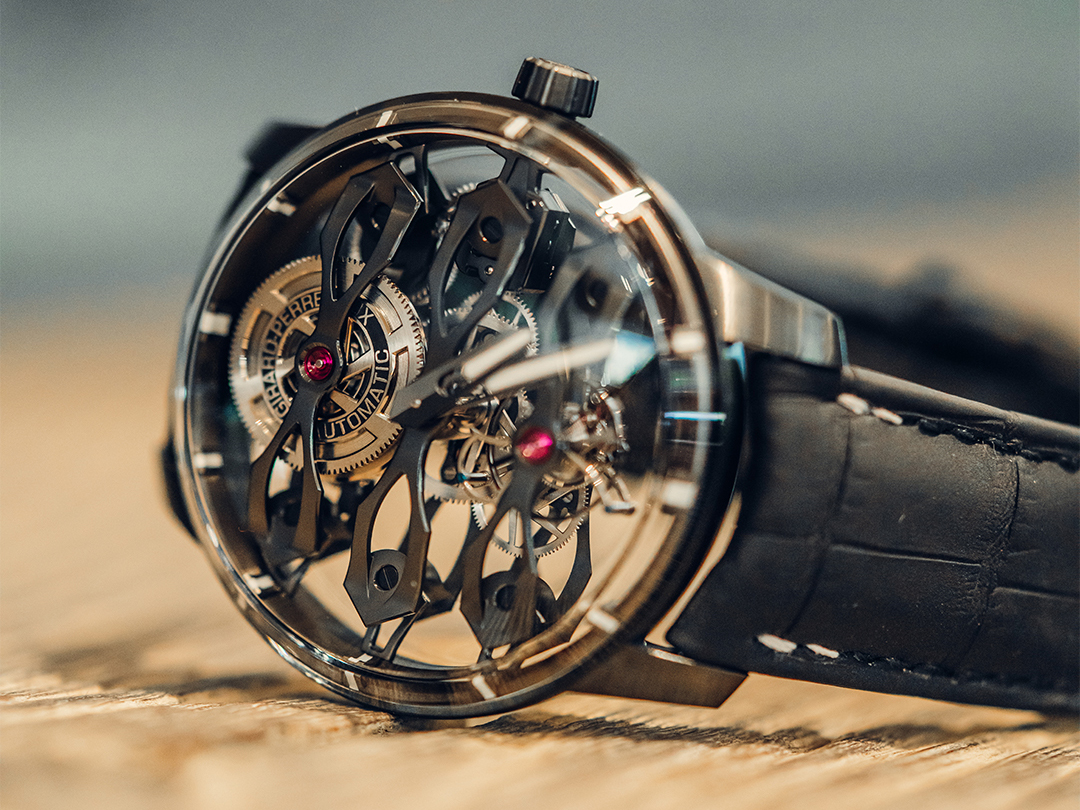
Given their shared obsession with precision engineering and precise timing, it’s no surprise that many high-end carmakers work with an equally prestigious watchmaker. The partnership between Aston Martin and luxury Swiss watch manufacturer Girard-Perregaux is one of the newest, announced early in 2021, and already one of the most credible.
Not only has our partnership with Aston Martin yielded two exceptional timepieces, it is indeed a meeting of the minds, and marks the beginnings of a true friendship—Patrick Pruniaux, CEO of Girard-Perregaux
Marek Reichman, Aston Martin’s revered chief creative officer (and racing driver and watch enthusiast), has been closely involved in the design of the watches, and Girard-Perregaux has been prepared to produce a new edition of its Three Flying Bridges design for Aston Martin (see image above). It has made this hallmark work of high horology since the late 19th century, and seldom alters it.
There are 18 examples of the tourbillon-equipped, subtly branded Aston Martin watch version costing $146,000 each. Or there’s now a Laureato Chronograph Aston Martin Edition, with a very appropriate British racing green dial, retailing at $18,100.
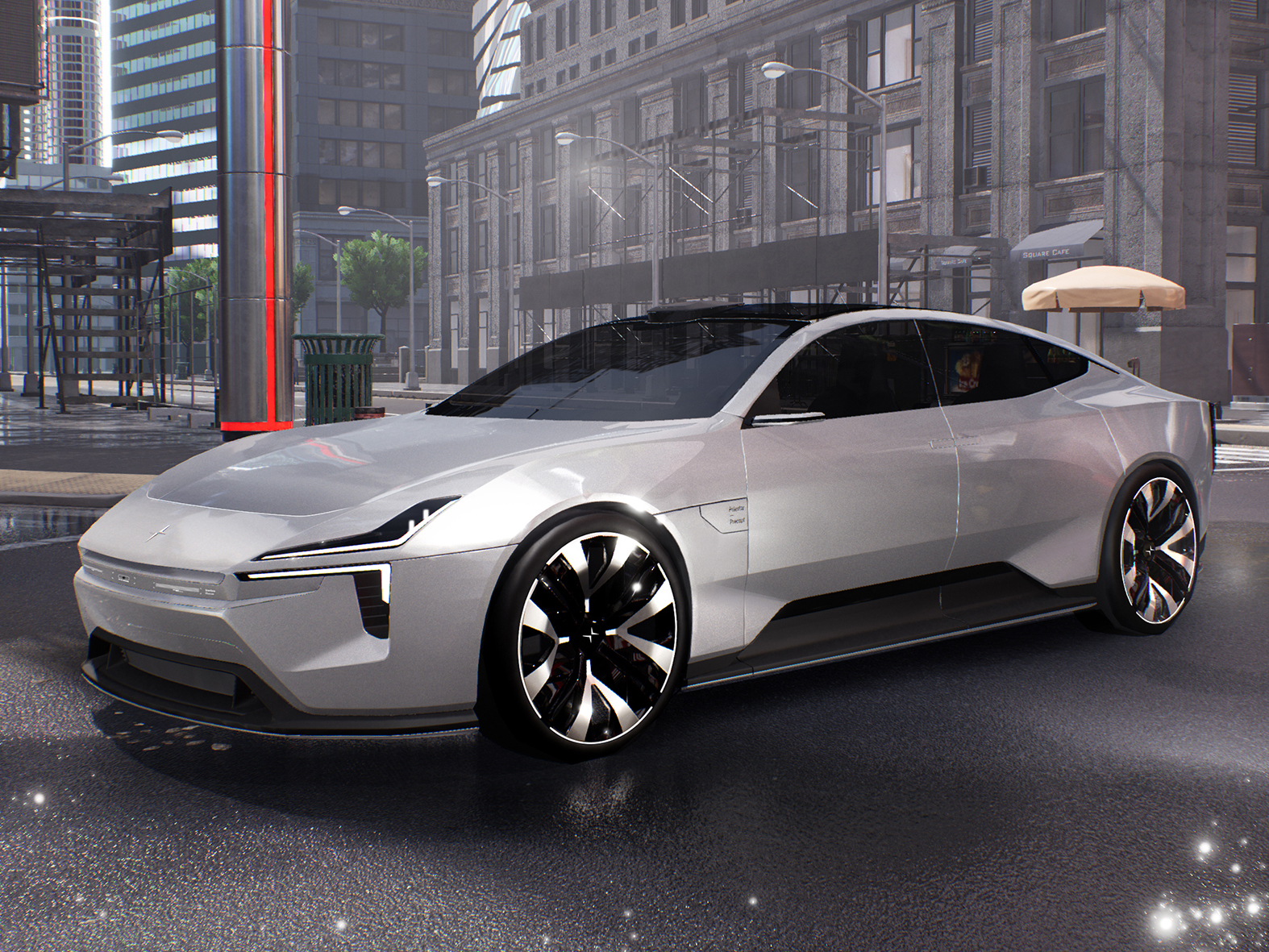
Car companies have often partnered with fashion houses and other desirable brands in the hope of absorbing a little of their glamour. However, the partnership between fashion house Balenciaga and car brand Polestar happened the other way around. Balenciaga’s creative director, Demna Gvasalia, approached Polestar to suggest providing the vehicles for Afterworld, the virtual, ‘gamified’ city built by the forward-thinking fashion house to launch its Fall 2020 collection.
Polestar, a clean-sheet carmaker established in 2017 by Volvo and Geely, makes only hybrid and electric cars, and has an equally clean, distinctive design aesthetic that appealed to Gvasalia.
“When Balenciaga reached out and explained the Afterworld project, inspired by the slow return to a healthier balance of nature and industry, we felt it was a perfect match for us,” said Maximilian Missoni, head of design at Polestar. He and his team provided a fleet of eye-widening Polestar concept cars for Afterworld’s virtual streets: maybe one day we’ll see them on real streets too.
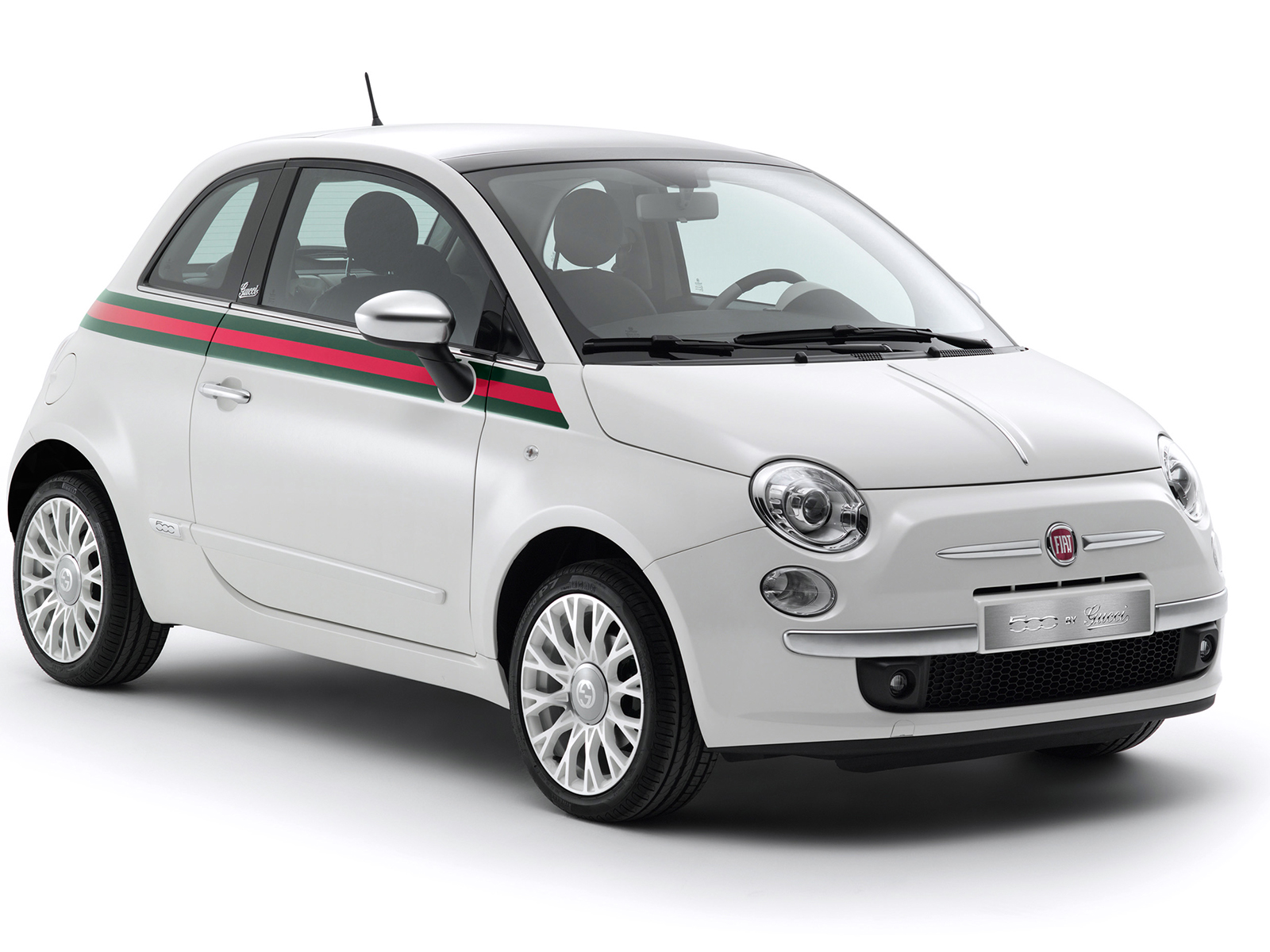
Since its origins in the dolce vita Italy of the 1950s, Fiat’s impossibly cute city-car brand hasn’t needed any help to be chic. But the wildly successful 2007 reboot got some anyway from another icon of Italian style: Gucci.
In 2011, the fashion house’s then creative director, Frida Giannini, gave the 500 a makeover, including a cabin retrimmed in Frau leather, Gucci logos on the hubcaps and tailgate, and the distinctive Gucci green-red-green stripe through the seats, along the bodyside of the hatchback, and down the center of the fabric roof of the cabriolet version.
The only color options were Gucci Black or Gucci White, and unsurprisingly the Gucci model was the most expensive in the range. As stylish urban transport for the smarter districts of London, Paris and Milan, the 500 by Gucci is still hard to beat. As collectors’ items, they both turn heads and command a considerable premium over standard versions, even after a decade on the road.
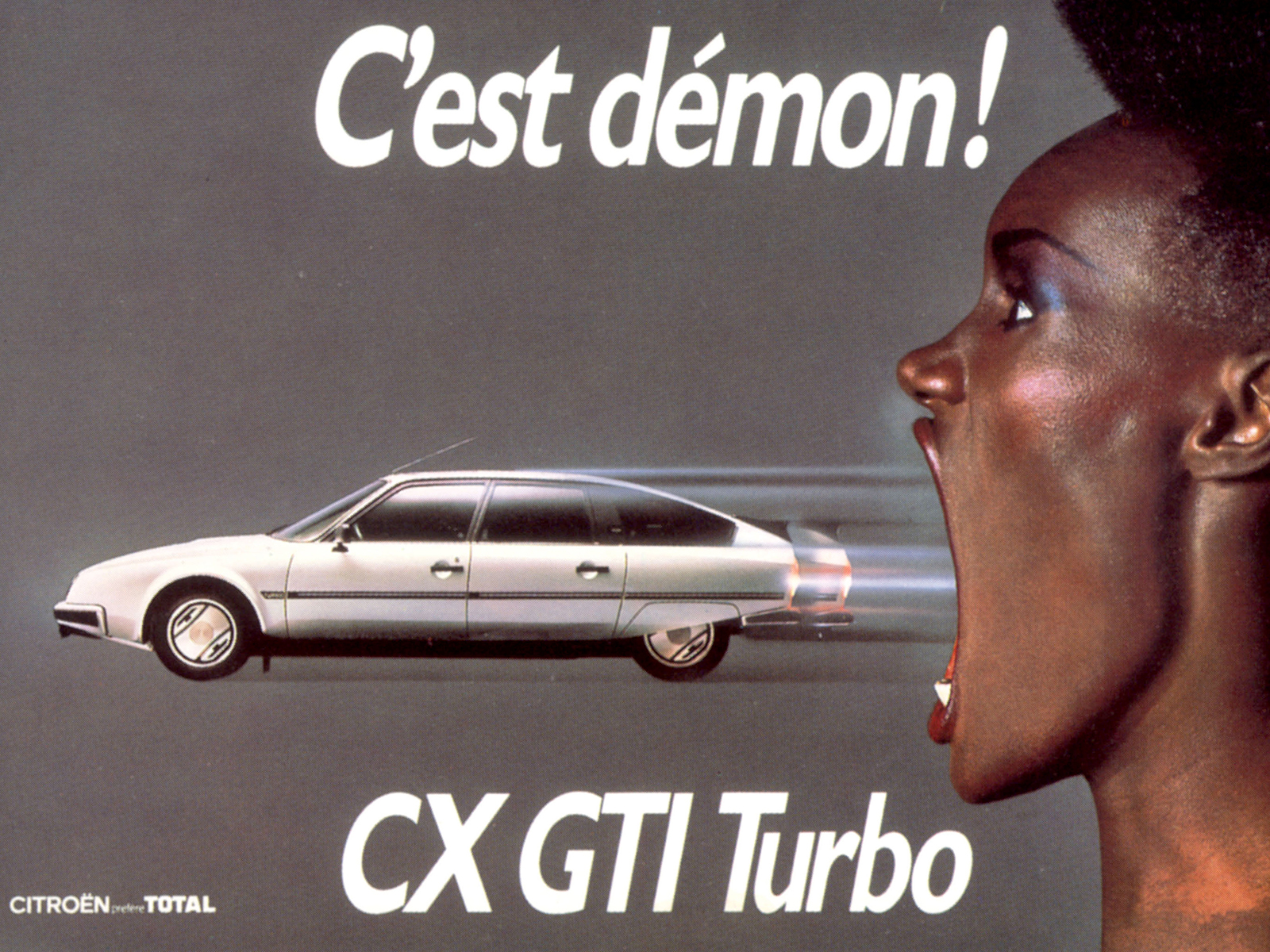
Grace Jones is now better known as an actor and singer, but she began her career as a catwalk model for fashion houses such as St Laurent, and appeared on the cover of Vogue. It was for her modelling rather than her musical abilities that car brand Citroën chose her to promote its radical CX luxury hatchback in 1985.
Along with her then partner, the French fashion photographer and art director Jean-Paul Goude, Jones produced one of the most striking, memorable and avant-garde television adverts ever seen, in which she drives the CX out of a giant mechanized model of her own head and across a desert landscape. If you want to summarize the ’80s with one ad, this is it.
Jones and Goude also produced a series of print ads for Citroën on the same theme. The CX is currently being rediscovered as a ‘modern classic’ by a new breed of car collectors, and its ground-breaking, stylish image is still influenced by that campaign.
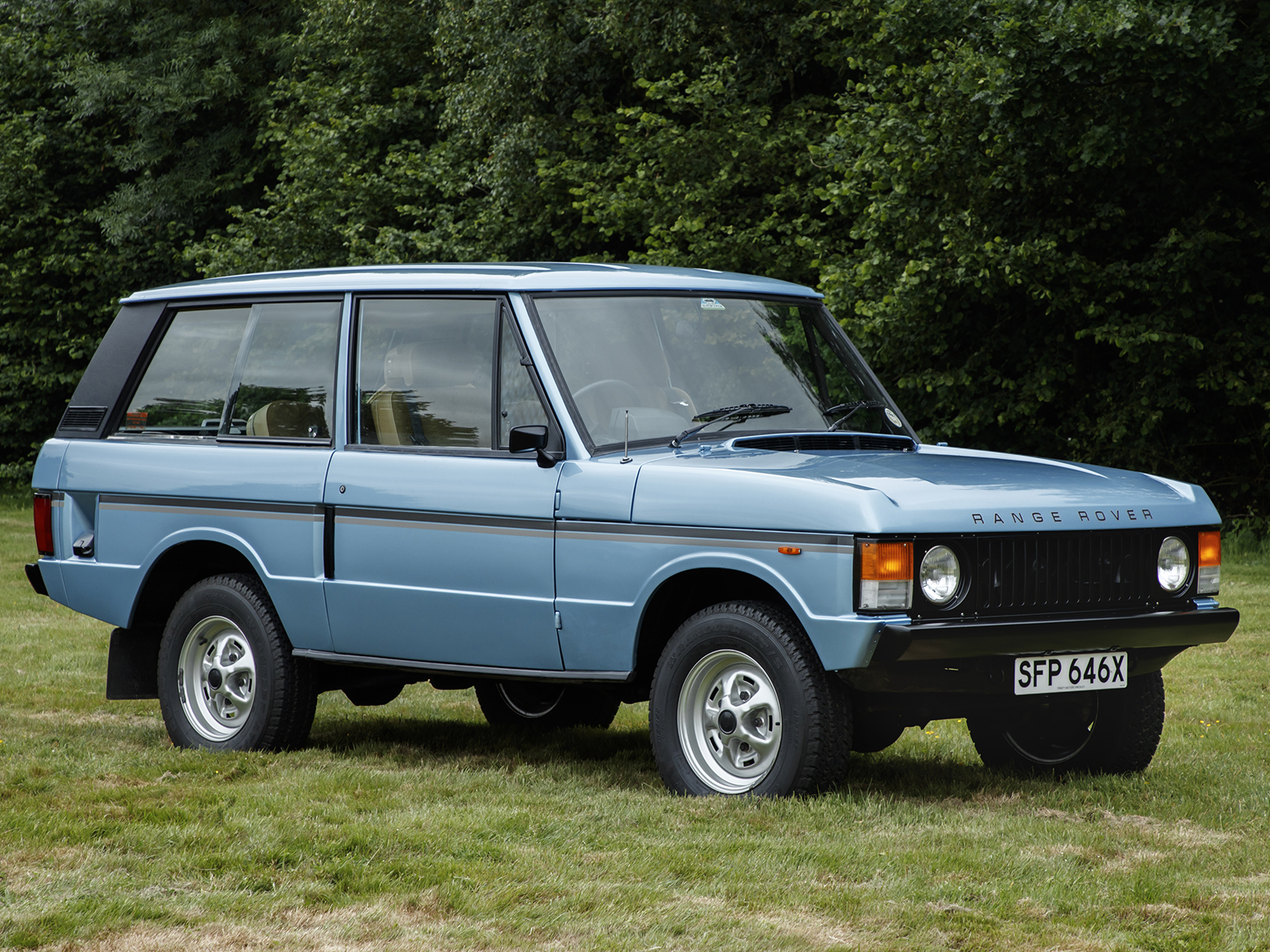
Global fashion bible Vogue played an unlikely but important role in transforming the Range Rover from its origins as utilitarian transport for well-heeled farmers into the sleek and often urban SUV it is today.
In 1981, 11 years after the Range Rover was first launched, Vogue used a more luxurious, customized, one-off version in a fashion photoshoot in Biarritz. The magazine’s readers saw the rugged off-roader car brand in a new light, and there was a flood of enquiries about it.
Range Rover responded by building an ‘In Vogue’ limited edition, which echoed the photoshoot car, and which quickly sold out. Further Vogue limited editions proved equally popular and, in 1984, the Vogue joined the standard Range Rover line-up permanently, initially as the most expensive, luxurious model.
The name stayed in use for more than 30 years and appeared on four generations of Range Rover. The original model is now rightly hailed as a design classic: values are rising rapidly, but the early, rare ‘In Vogue’ versions are particularly sought-after.